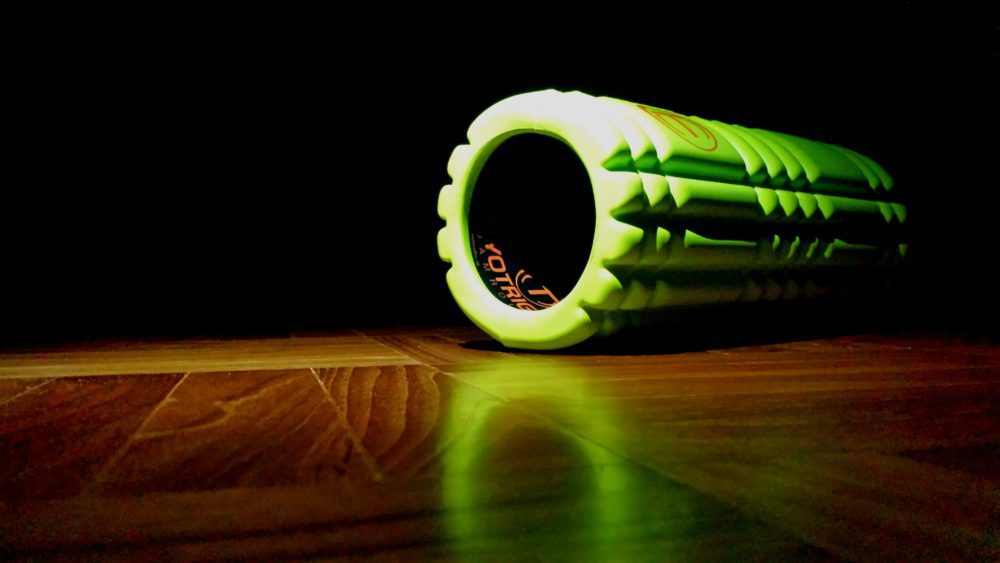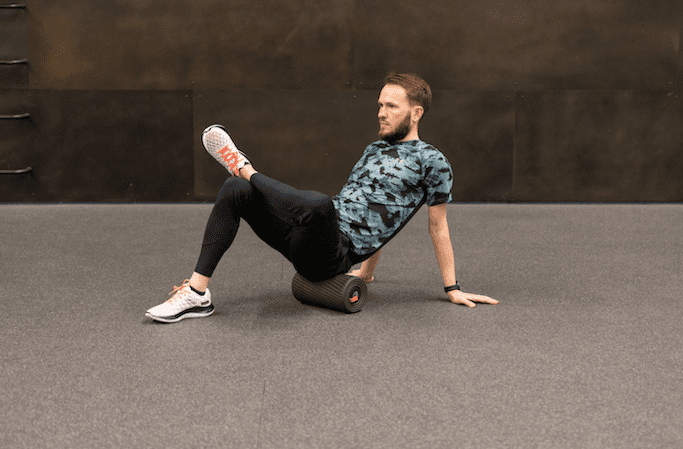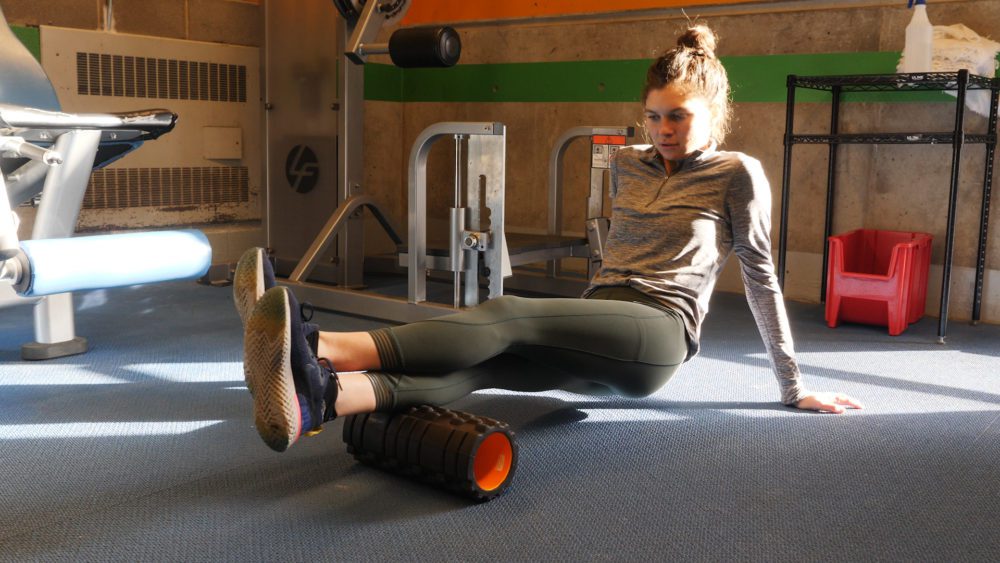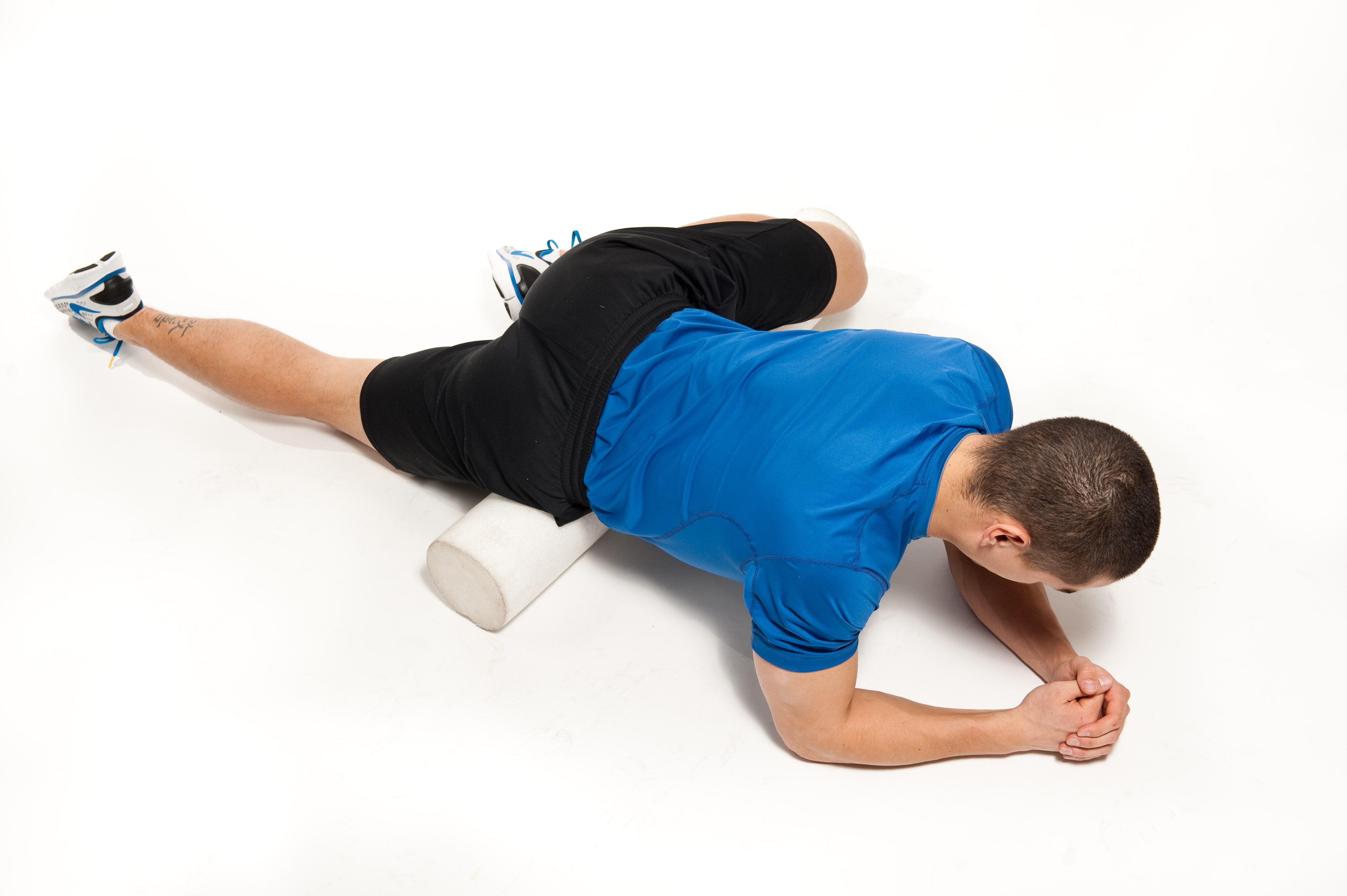Top foam rolling mistakes and how to fix them
How to use your foam roller so it helps you, rather than hurts you

The foam roller is a favourite tool among runners to soothe tight muscles and speed up recovery, but there is a right way and a wrong way to use it. If you’re not careful, foam rolling can harm your body rather than help it, so watch out for these common mistakes the next time you’re rolling out tight muscles.

Too much or too little pressure
Foam rolling shouldn’t be comfortable, but it shouldn’t be excruciating, either. When using your roller correctly, you should be applying steady pressure that creates mild discomfort. You should be able to breathe easily and relax your body through the movement.
Too much time in one area
Runners often find one tight area and stay there for several minutes, trying to get it to “release.” Even when you find a particularly tight area, you shouldn’t be spending more than one minute on that spot. Ideally, you go from static to dynamic movement, spending the first 30 seconds holding the muscle over the roller and applying constant pressure, then beginning to use small, back-and-forth and side-to-side movements to cover all the fascia.
Too hard on cold muscles
Ideally, your muscles should be warmed up before you jump on your foam roller, but if they aren’t, make sure you ease into it with gentle pressure before trying to go any deeper. Attacking a cold muscle could end up bruising it, which does more harm than good.

Rolling knots first
Runners will often go straight for their biggest, tightest knots when they foam roll, but this isn’t the most effective (or safest) way to go about working on your problem areas. Instead, roll the fascia above and below the knot first. This will loosen it up and make it easier for you to actually get rid of the knot in your muscle.
Rolling your IT band
The IT band is a common problem area for many runners, but attacking it with your foam roller won’t help. The IT band is not a muscle, so it can’t be loosened like one. If you have tight IT bands, you’re better off focusing on your glutes, quads and muscles around the knee to solve your problem.
Rolling an injury
If a muscle is already strained or damaged, putting more stress on it with a foam roller is not the answer. Speak with a physiotherapist or other sports medicine practitioner who can guide you on the best way to heal your injury, and where foam rolling will be most useful.

Rolling in one direction
Your fascia runs in all directions, so when you foam roll, make sure you’re covering all these areas by twisting your limb from side-to-side.
Starting in the wrong spot
When foam rolling, always start in areas that are more comfortable and slowly move toward tighter spots. When rolling a specific area, start at the origin of the muscle and roll away. Usually, this means starting closest to your core, so if you’re rolling your quad, you’d start near the pelvis and role toward your knee.
Going too fast
Foam rolling is not a race, nor is it something you can just do quickly and mindlessly to check it off your to-do list. Slow down, be mindful of which areas are holding tension and do your best to work through them delicately. If you’re rushing, you’re doing it wrong.


